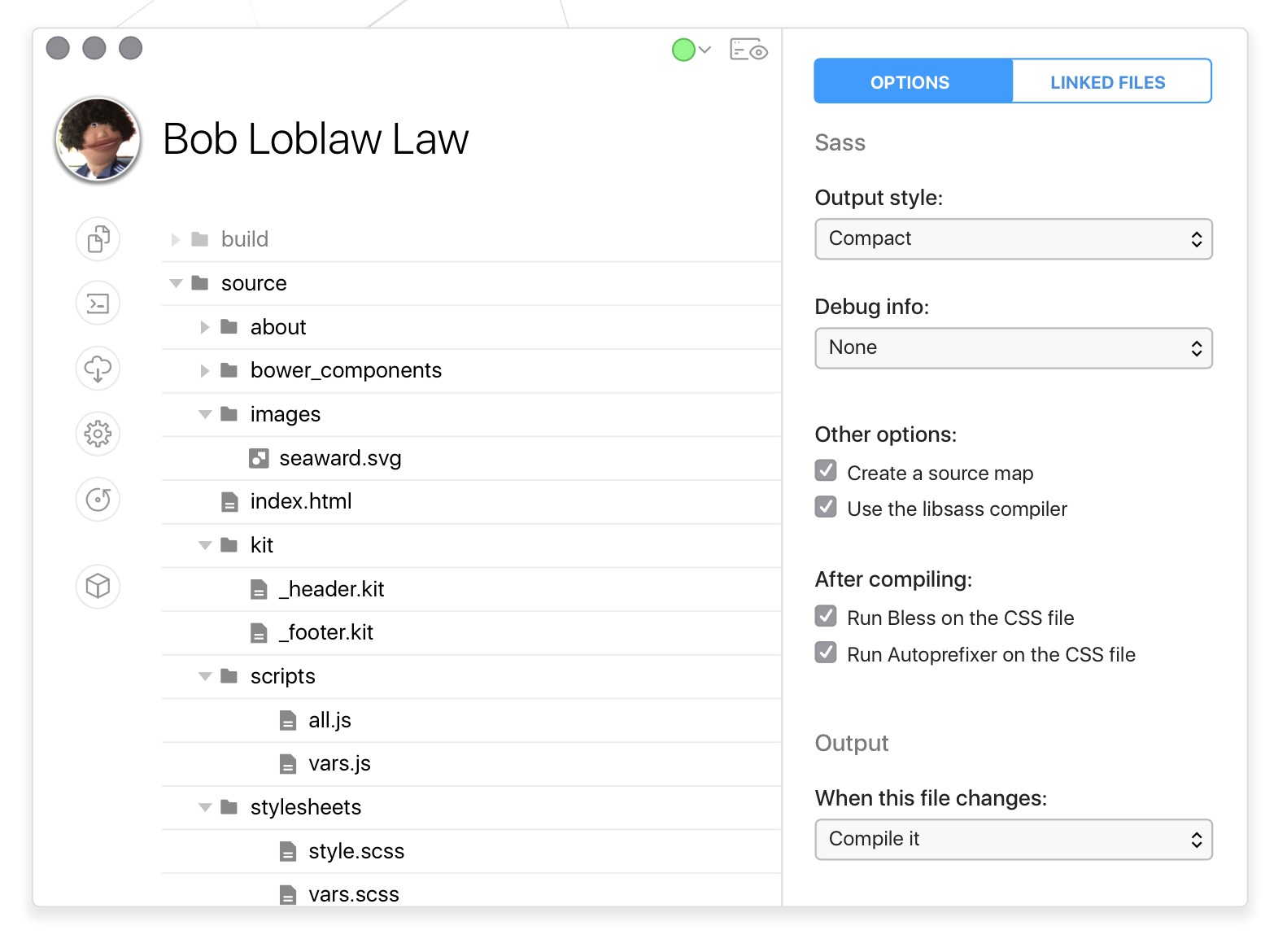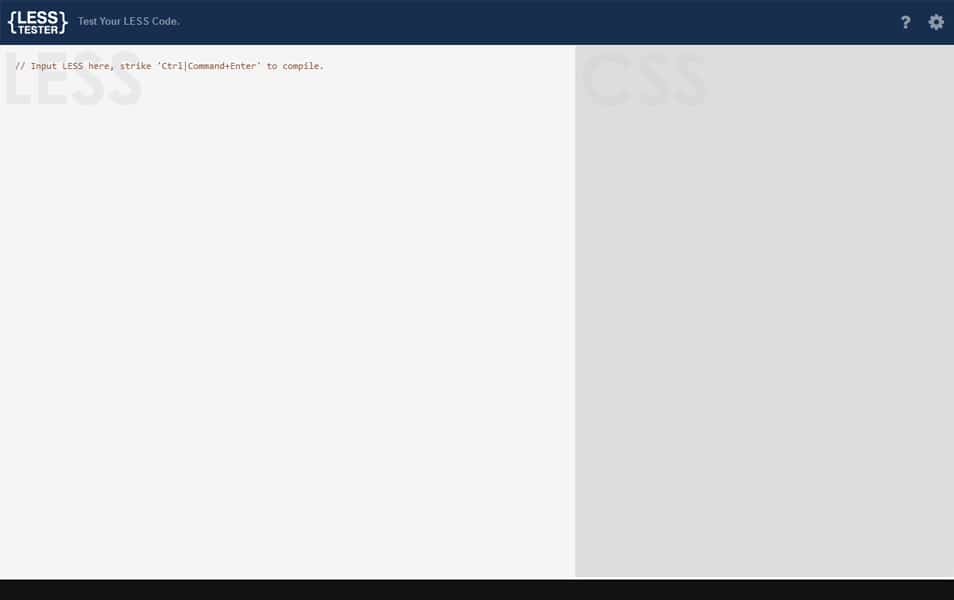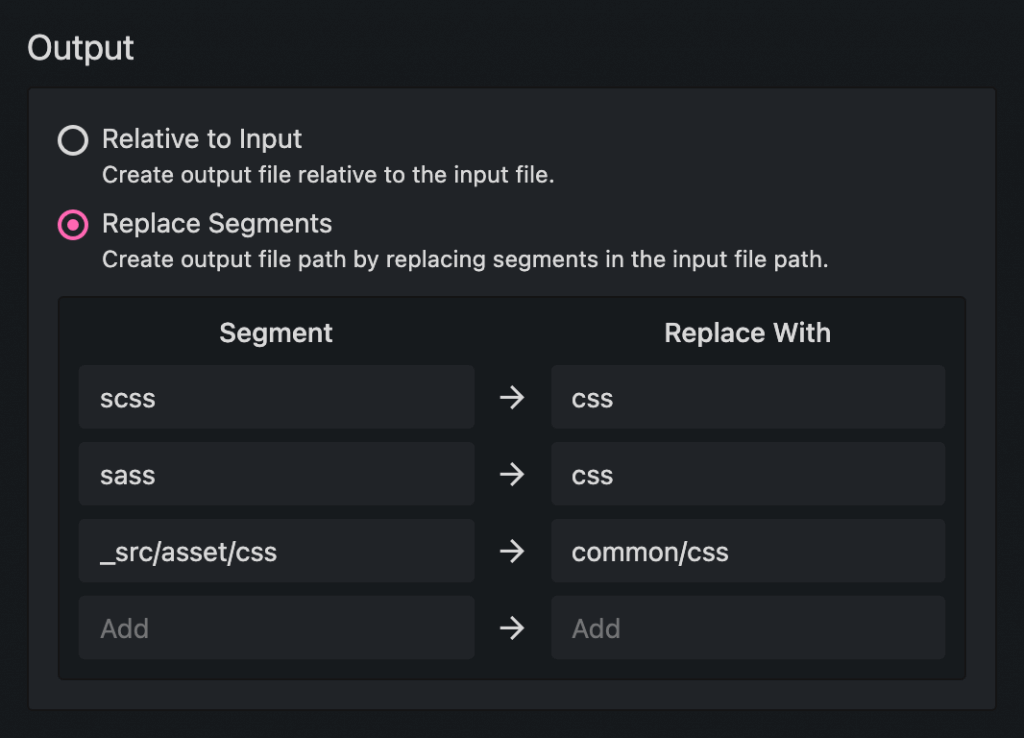

- #Convert prepros to grunt software#
- #Convert prepros to grunt code#
- #Convert prepros to grunt download#
This choice was not made after any kind of rigorous testing (there was no testing at all to be honest) of these options. They all achieve the same thing (with some differences): to make css better. In this game, there are three main players: SASS, LESS and Stylus.
#Convert prepros to grunt software#
If nothing else, I'm here to convince you that css preprocessors are awesome and that you should start using them now for software development if you are not already.
#Convert prepros to grunt code#
Oh, and do your eyes a favor, properly choose a font (I currently like Adobe Source Code Pro), make it big and give it a nice spacious line height. I do follow with particular interest Brackets Emmet (available for many other editors) - You can easily take your preferences with you, is a simple json file - Is fast - There is even a whole course on getting good with it Snippets support - Multi platform - Multi cursor (try this and then try to live without it) - The GOTO anything command - Split layouts - It can look very sweet.

Now we've probably crossed the line, new suggestions for new packages: SublimeRSSReader, SublimePaint, SublimeSpreadsheet, SublimePowerPoint

These are the main reasons why I chose and keep using sublime: - Packages, extensions, plug-ins or whatever you want to call them. Your choice, unlike marriage, is not until dead do you part (at least is not as difficult to switch to another). The list of options is long: notepad++, vim, textwrangler, komodo editor, chocolat, textmate, etc.
#Convert prepros to grunt download#
Those are the only reasons that truly matter, so download and try a bunch of text editors, have a feel for them and then make a choice for your software development. I like Sublime Text, I feel comfortable and *productive* with it. Go pay a visit to any programming forum or blog, find a thread about code editors, state that you like notepad++ and wait for the tide of angry developers *telling you* to use vim (of course, with a hint of disdain because you don't already). See, for some reason, both mobile and web software developers have a religious-like attachment to their text editor. This topic has been discussed in countless occasions all over the Internet and is usually a flame-war starter. So good front-end mobile and web software developers use these? You bet they do. Here is a brief summary of some the topics I'll be talking about:Ĭode editor (very very briefly, I promise not judge you if you use something different than me) - CSS preprocessors (yeah the world needs another post about that) - HTML/CSS frameworks and boilerplates - Git - Optimization - Build/task runners This post is just about what I *currently* use for mobile and web software development, how and why I use it, and I thought someone might find a tip or two to add (or remove) to their tool belt.

Well, no, not really, otherwise, this would be the longest post in the history of blog posts. Well, I'm here to teach you about all of them. Yeoman, Grunt, Bootstrap, SASS, LESS, Foundation, Github, jQuery, Zepto, Codekit, Livereload, Compass, Bourbon, Bower, Topcoat, Pure, Normalize, Jshint, Tinypng, Brunch.ĭo any of those words mean something to you? Maybe all, maybe none. Software Development: Good Front-end Web Developers Use What? Part 1īeing a front-end web software developer in this day and age poses the challenge of choosing among thousands of tools (is that an exaggeration?) to achieve a workflow that makes you efficient and effective.


 0 kommentar(er)
0 kommentar(er)
